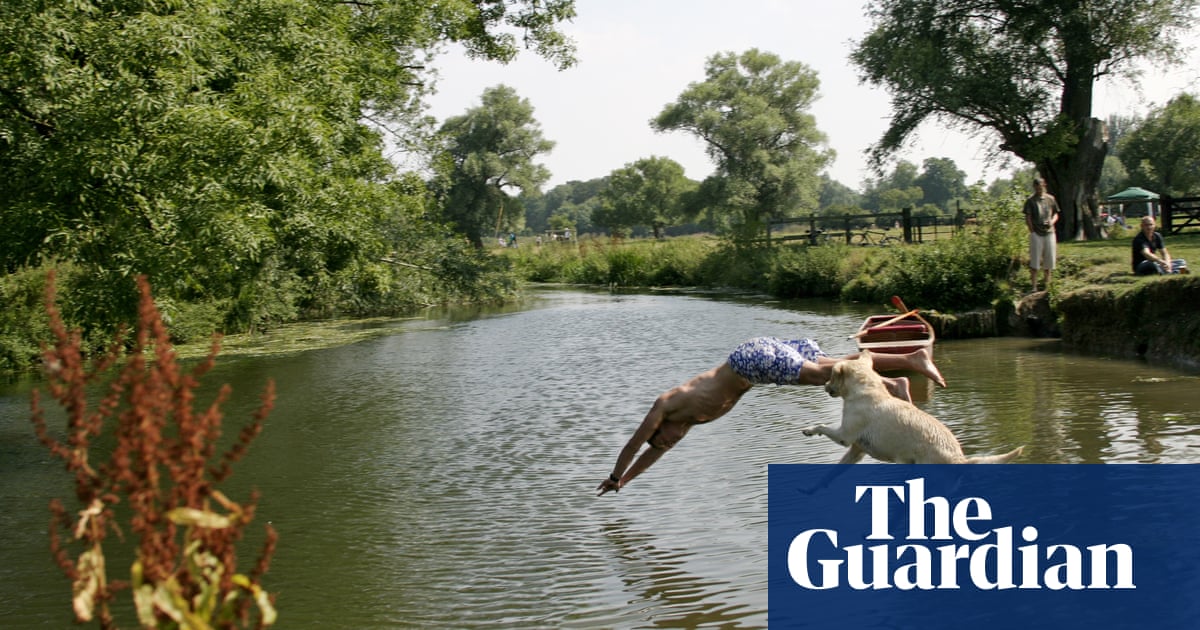
The costs of preventing major floods caused by extreme weather and excessive rainfall have fuelled a growing financial crisis among district councils in low-lying areas of England, ministers have been warned.
Districts in the east of the country say they are having to cut day-to-day services such as bin collections to meet dramatic and unsustainable rises in payments levied to fund pumping stations used to protect communities from flooding.
Some districts are now spending up to a fifth of their annual net budget on the annual drainage levy, and say the average 30% escalation in costs over the past two years, caused by increased rainfall and rising energy bills, is financially unsustainable.
The impact on councils is most extreme in districts in areas including Lincolnshire and Cambridgeshire which have been hit by a series of severe storms in recent months, causing catastrophic flooding which ruined thousands of homes and businesses.
Paul Redgate, the deputy leader of South Holland district council in Lincolnshire, said councils could not easily meet the rising costs of the drainage levy but it was impossible to cut funding for the pumping stations. “To say it’s challenging is an understatement,” he said.
Innes Thomson, the chief executive of the Association of Drainage Authorities, which represents pumping stations across the UK, said councils were “stuck between a rock and a hard place” because the current local authority funding system could not meet growing demands on watercourse drainage networks.
Pumping stations were at full capacity discharging rainfall from low-lying inland and coastal areas out to sea. He added: “Climate change has a consequence here. If you switched off the pumping stations, all the low-lying areas between the North Sea and Peterborough would be flooded.”
There are 112 Internal Drainage Boards (IDBs) in England, operating 625 pumping stations and maintaining 1,400 miles (22,000km) of water courses. An estimated 600,000 people live or work in areas protected by IDBs. IDBs are not responsible for the funding of major flood defence projects.
Some pumping stations which traditionally operated for three months of the year are now running for seven months because of excessive rainfall, putting huge pressure on often ageing machinery. They also were hit by massive electricity costs over the past two years, some seeing bills increasing by 500%.
St Germans, a pumping station in Norfolk, reported that during Storm Henk in January, when a month’s worth of rain fell in four days, it was discharging out to sea the equivalent of two Olympic swimming pools worth of water every minute.
The costs of pumping stations and watercourse maintenance have been largely met by local council tax payers in recent years, but climate change coupled with rapid surges in energy costs mean local rates can no longer meet demand. Councils say central government should share the current £50m annual cost.
Some town halls in flood risk areas say the levy now hoovers up most of the money raised each year through council tax rises, which are capped at 2.99%. In some authorities council tax yield does not cover the levy, leaving them to meet shortfalls through service cuts.
Boston borough council in Lincolnshire said it was spending 22% of its net budget on the drainage levy, which had risen by £800,000 in the past three years – a rise of 40%. Neighbouring East Lindsey district council’s drainage levy increased by nearly £1.37m this year – three times what it brought in via council tax rises.
Sam Chapman-Allen, the chair of the District Councils’ Network, said: “It is only by properly funding flood prevention that defences can be maintained over vast swathes of the country and we avoid catastrophic flooding threatening life and livelihood.”
He added: “IDBs have little option but to pass their higher costs on to councils – and in response councils have no choice but to further cut back on the local services which are vital for supporting local communities and growing local economies.”
A Department for Environment, Food and Rural Affairs spokesperson said: “Protecting communities around the country from flooding is an absolute priority for this government, which is why we will be launching a Flood Resilience Taskforce to turbocharge the delivery of flood defences, drainage systems and natural flood management schemes.”
“The government will also take steps to ensure we are building more high-quality, well-designed and sustainable homes and creating places that increase climate resilience and promote nature recovery.”












